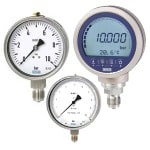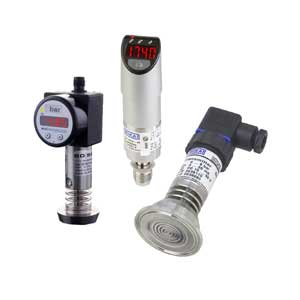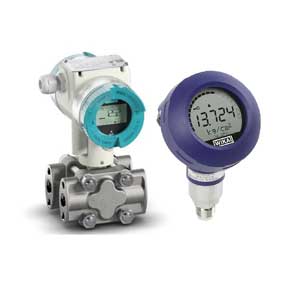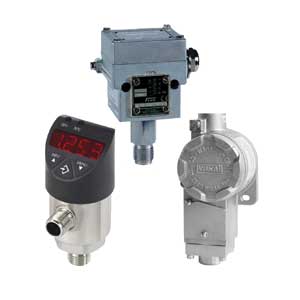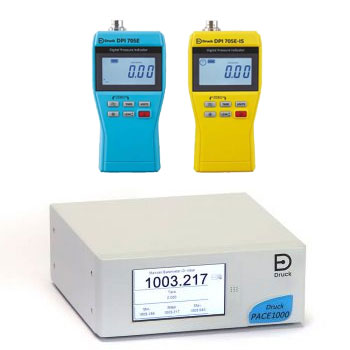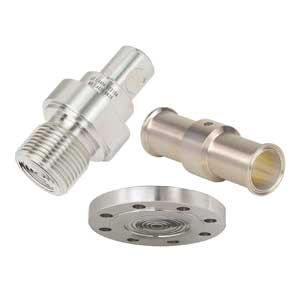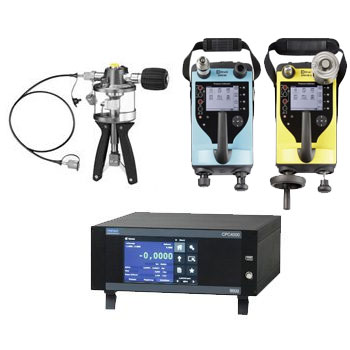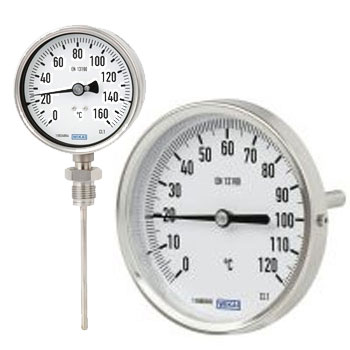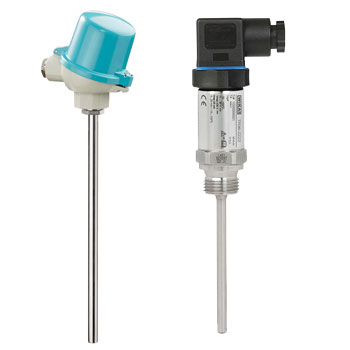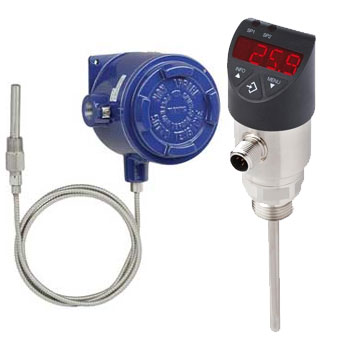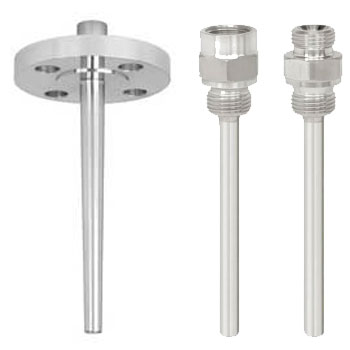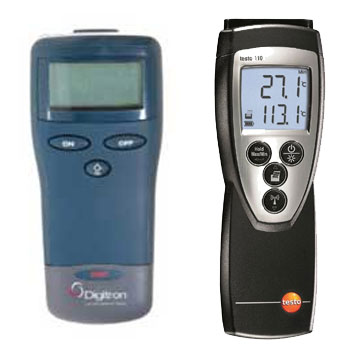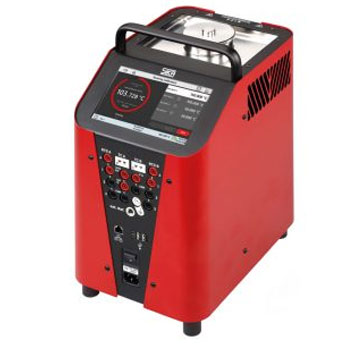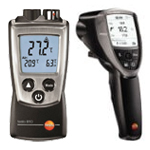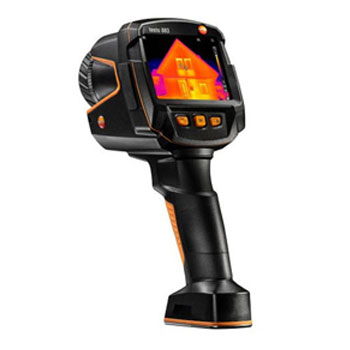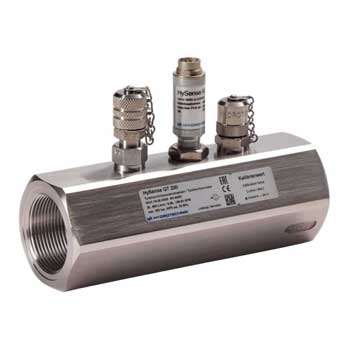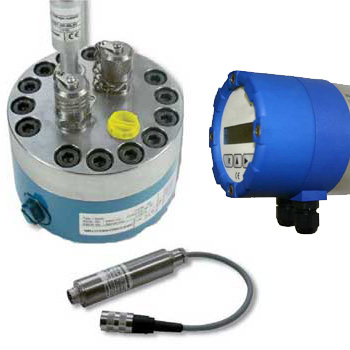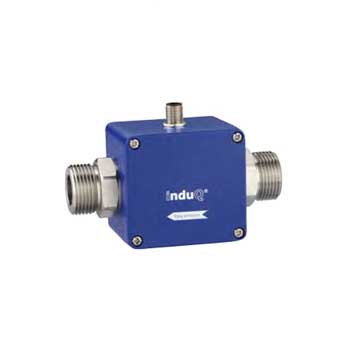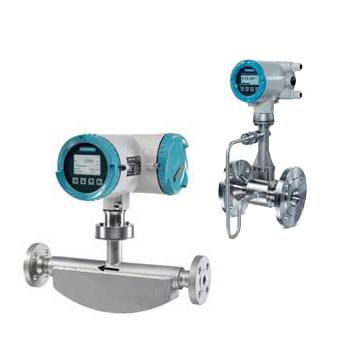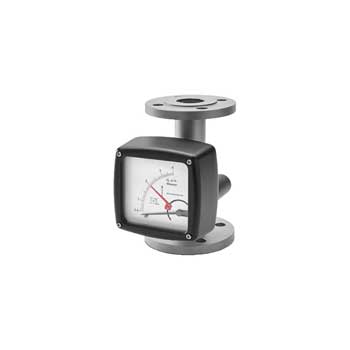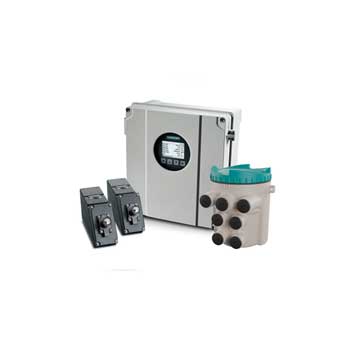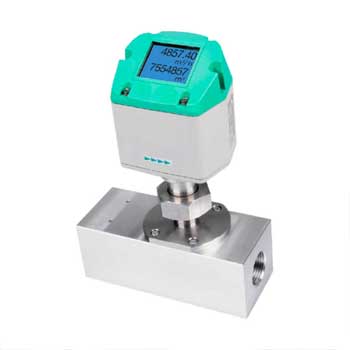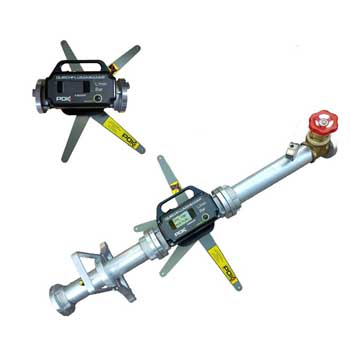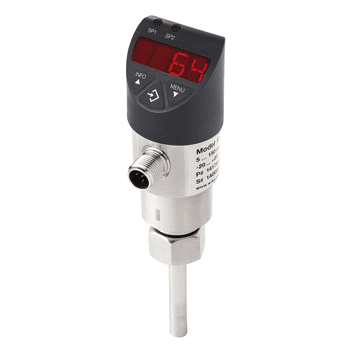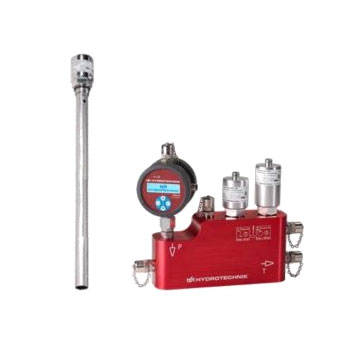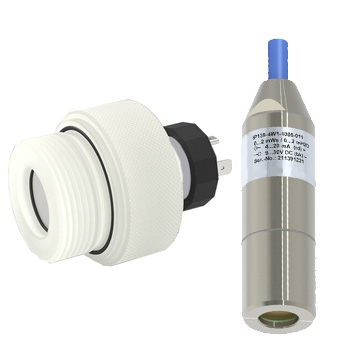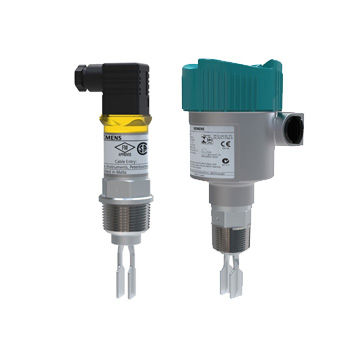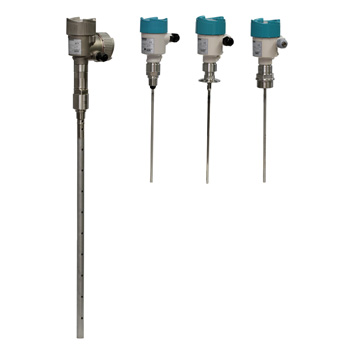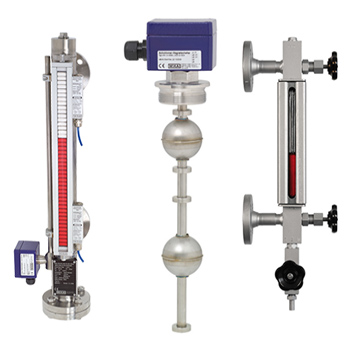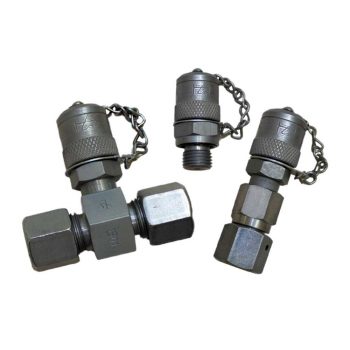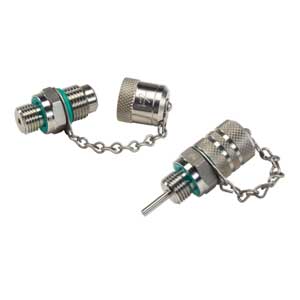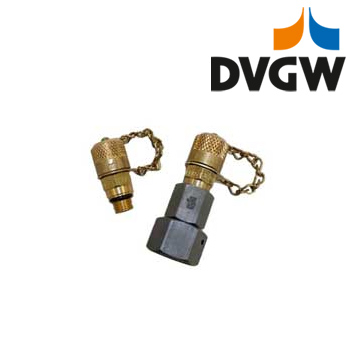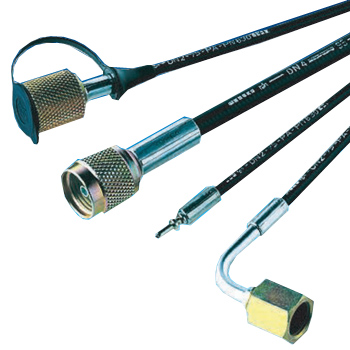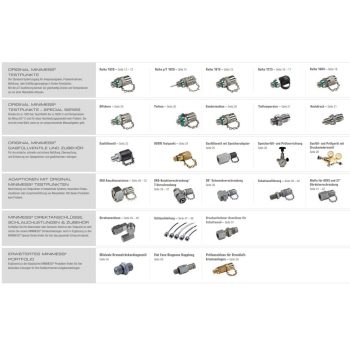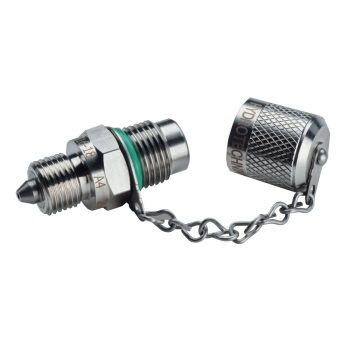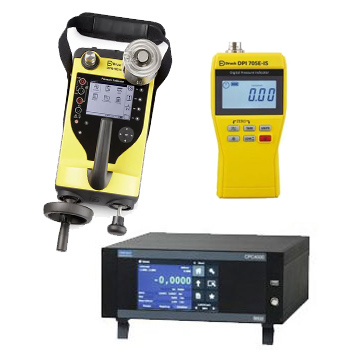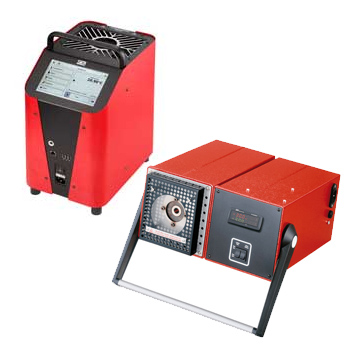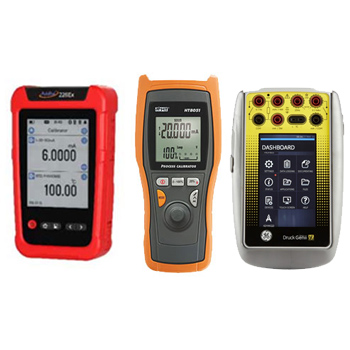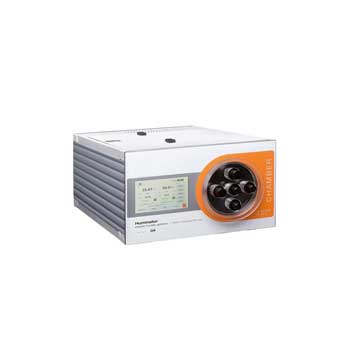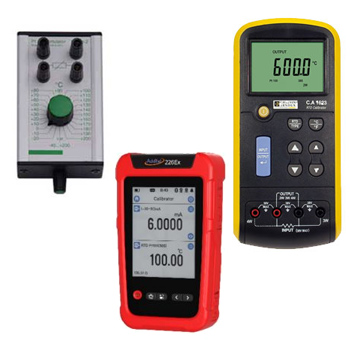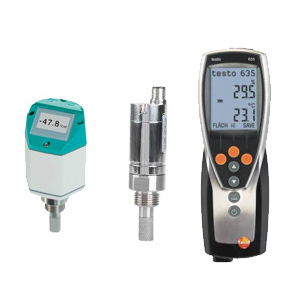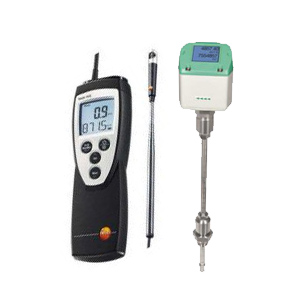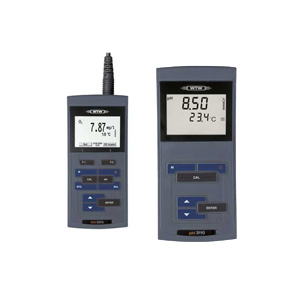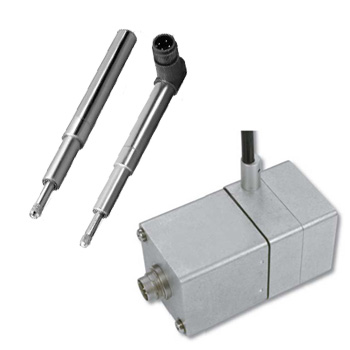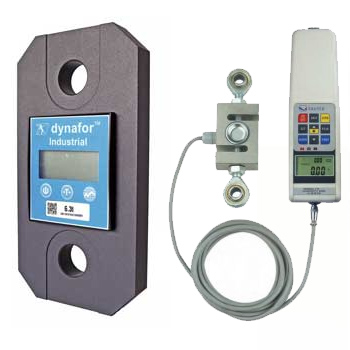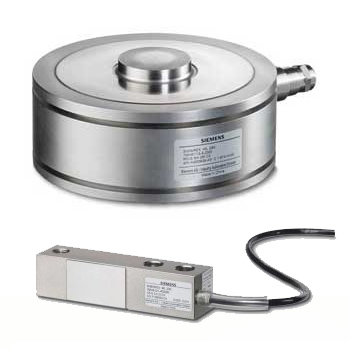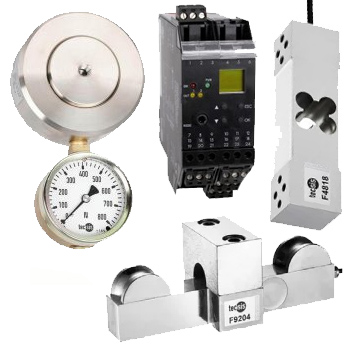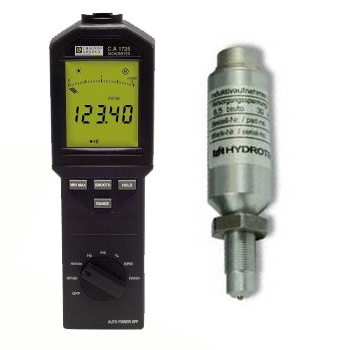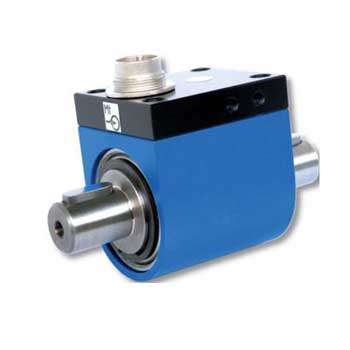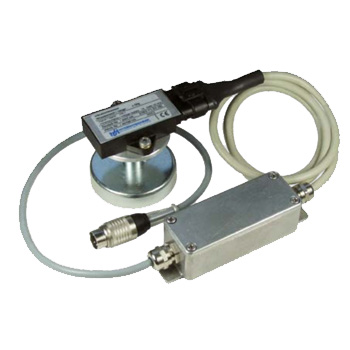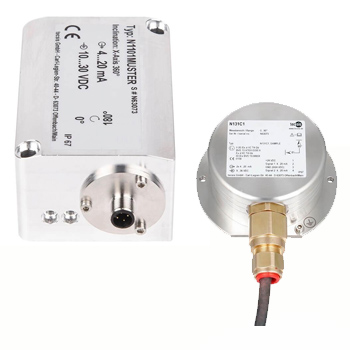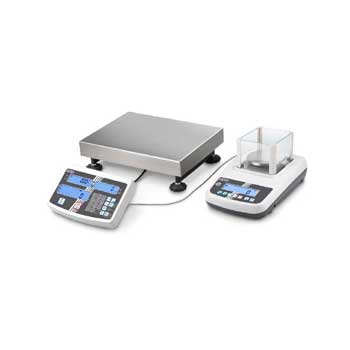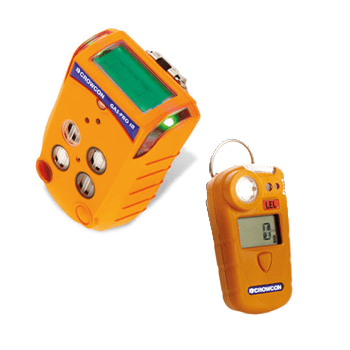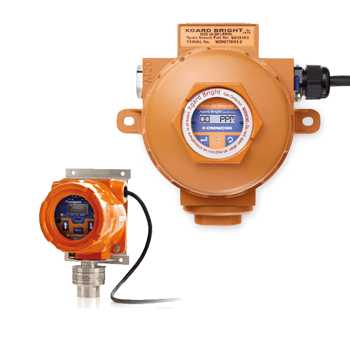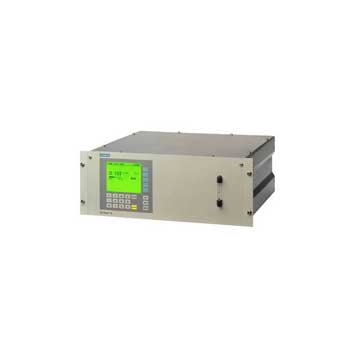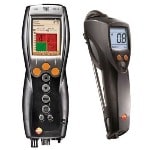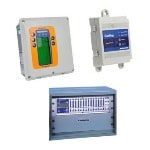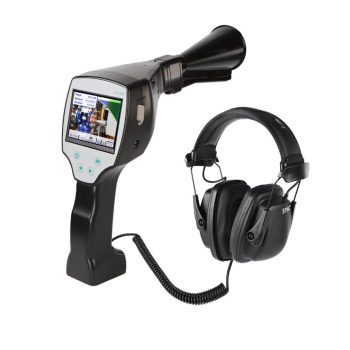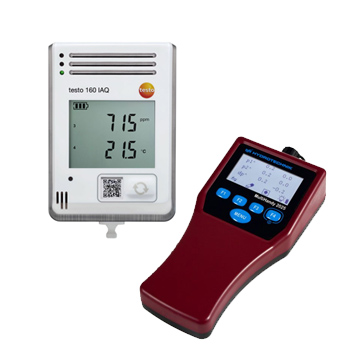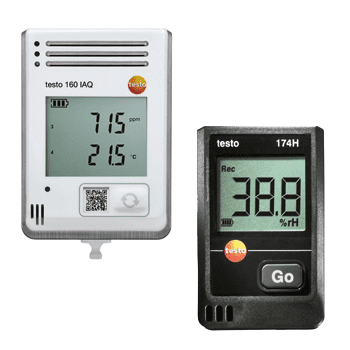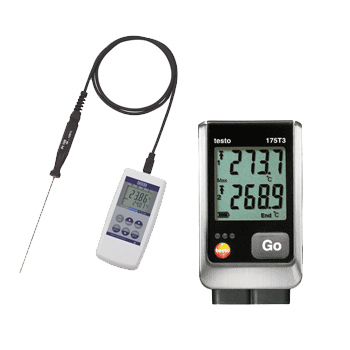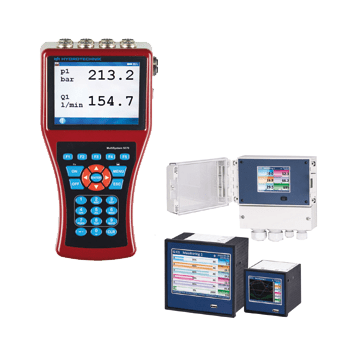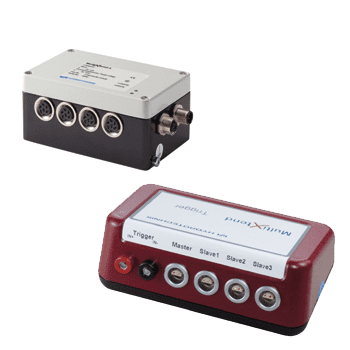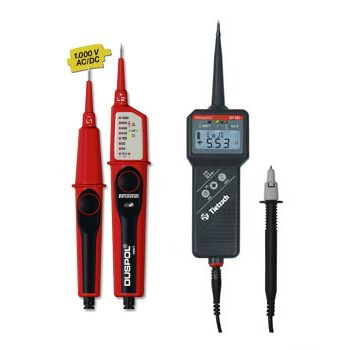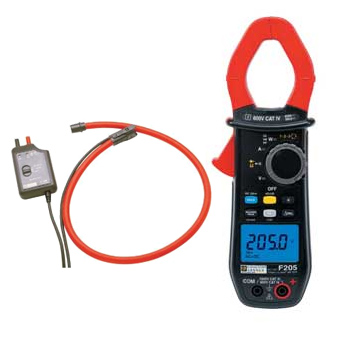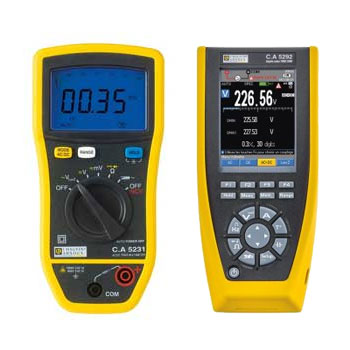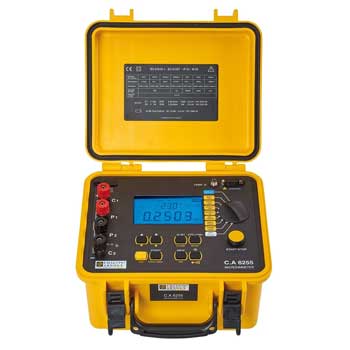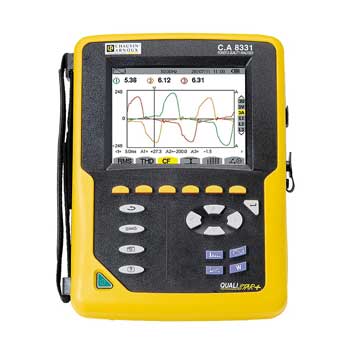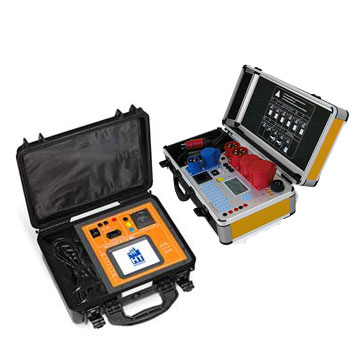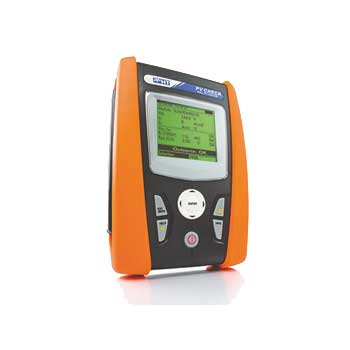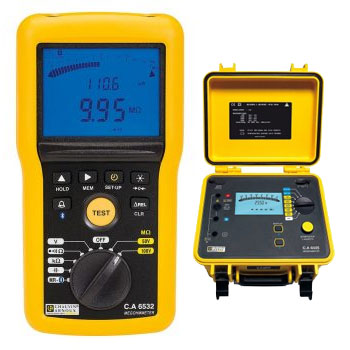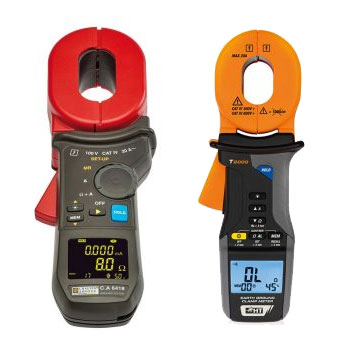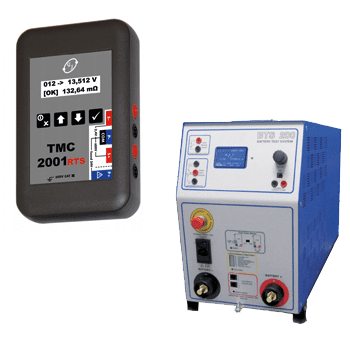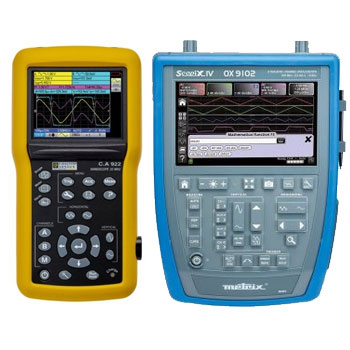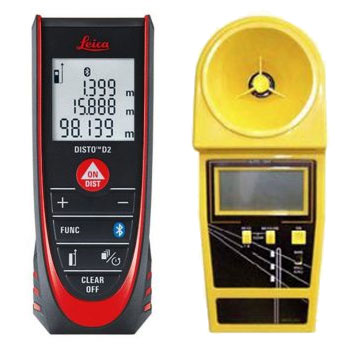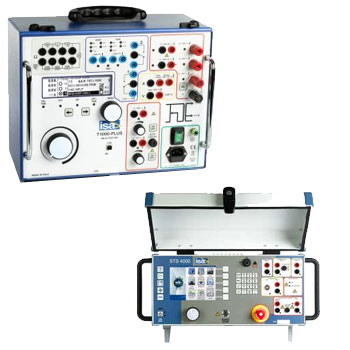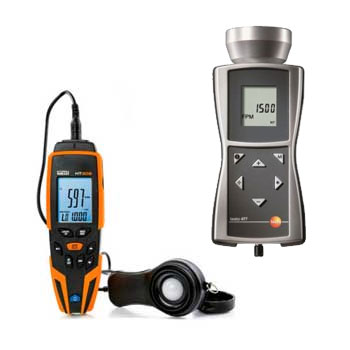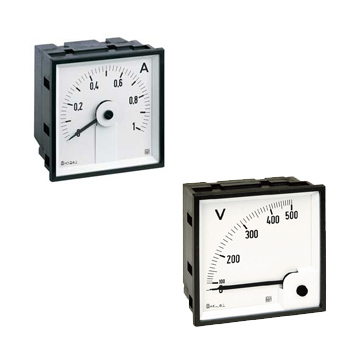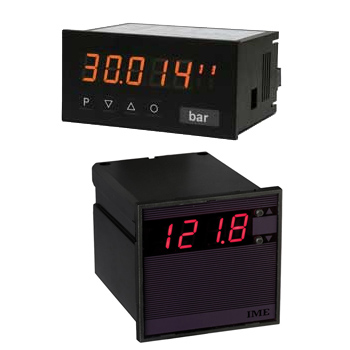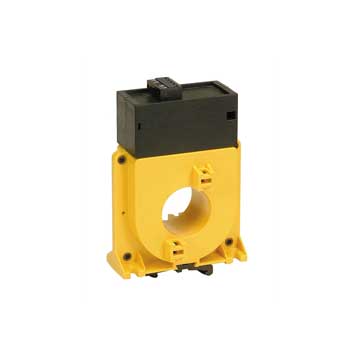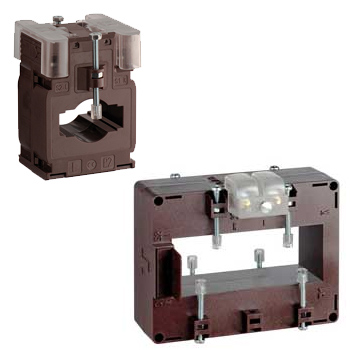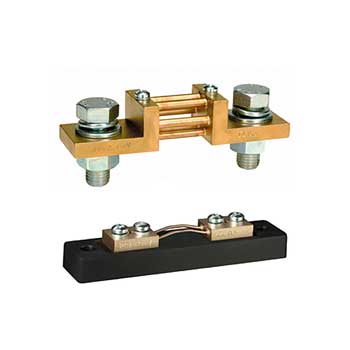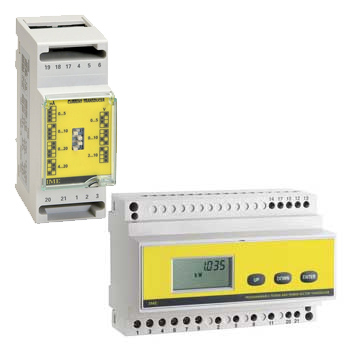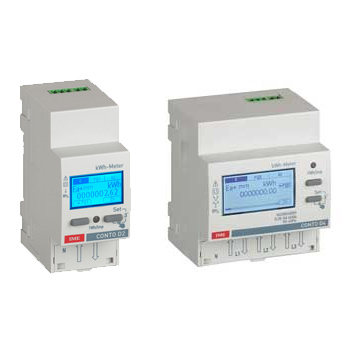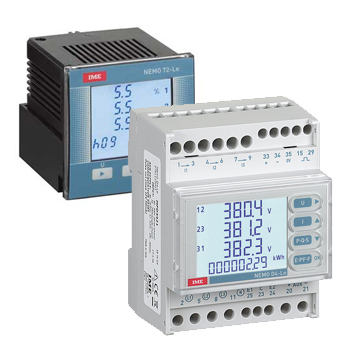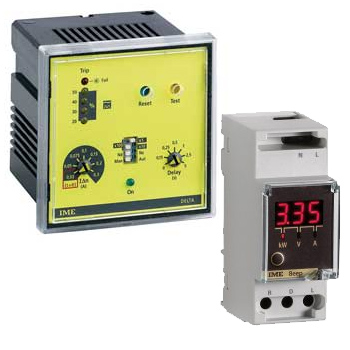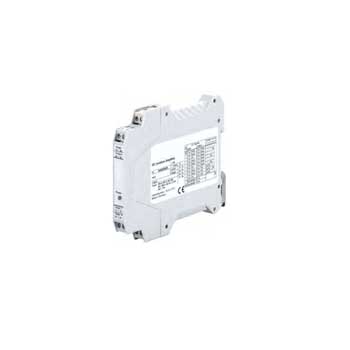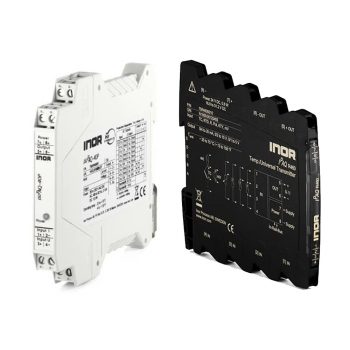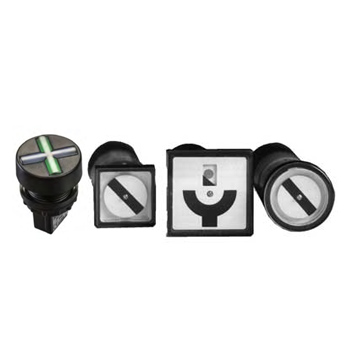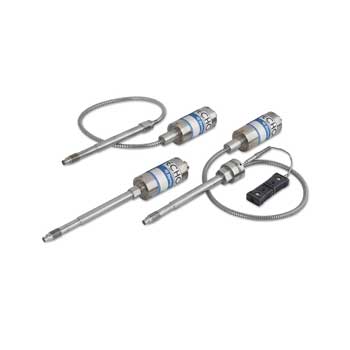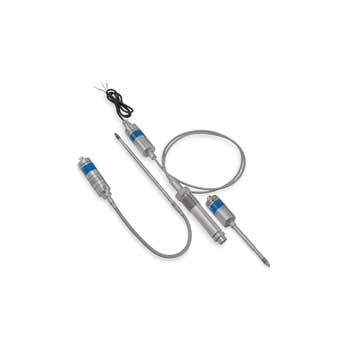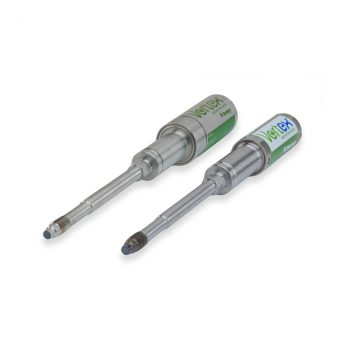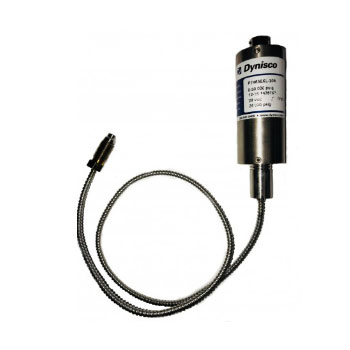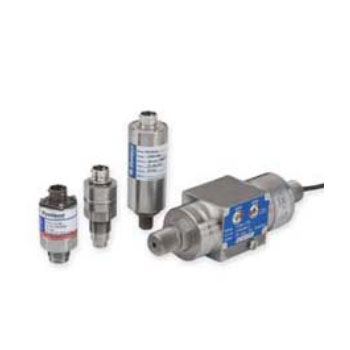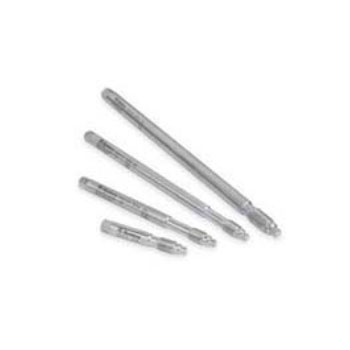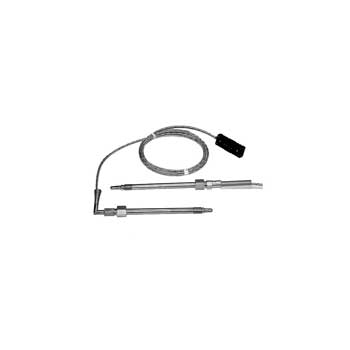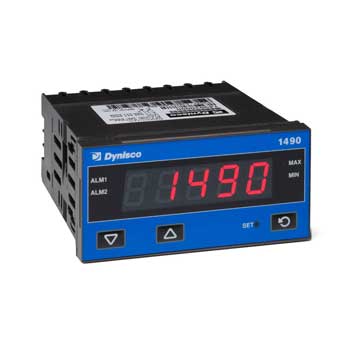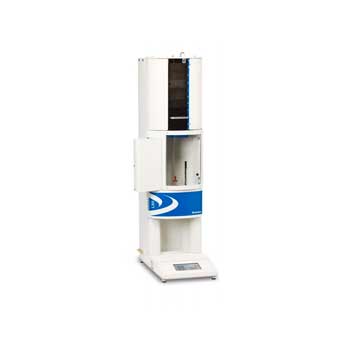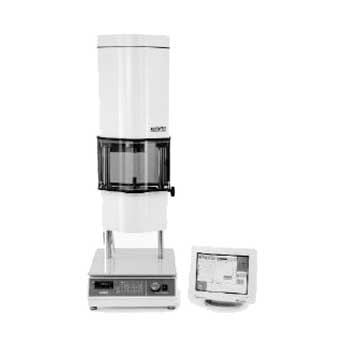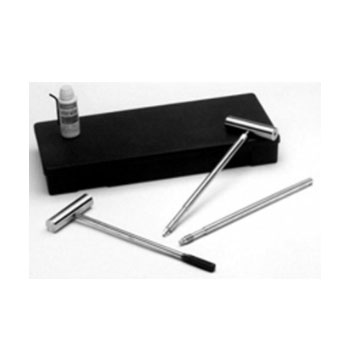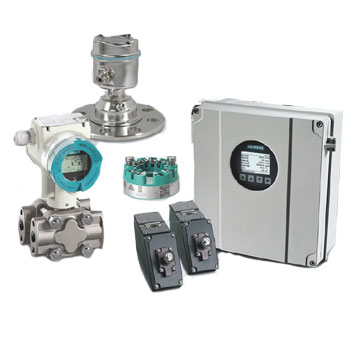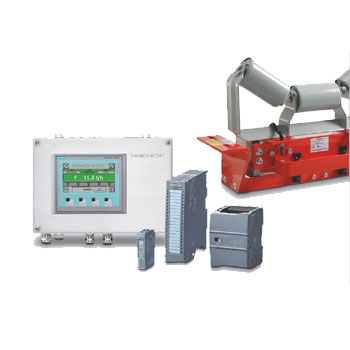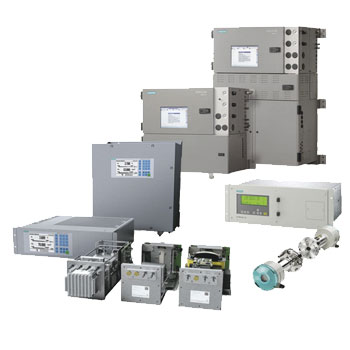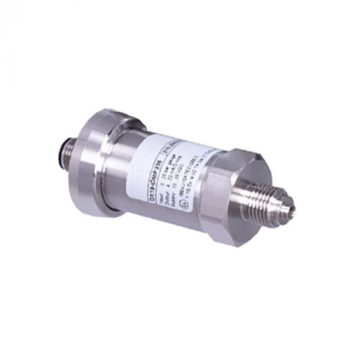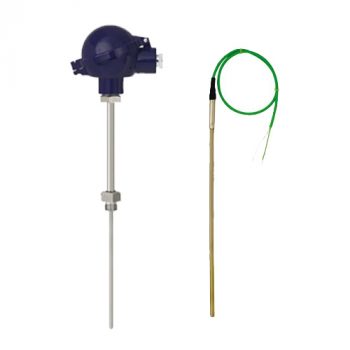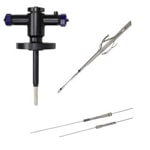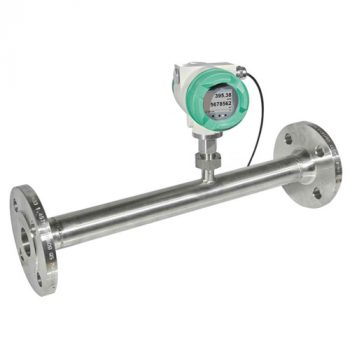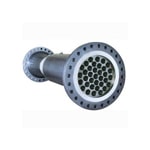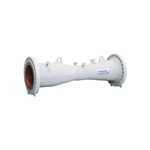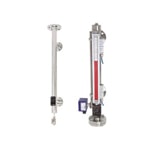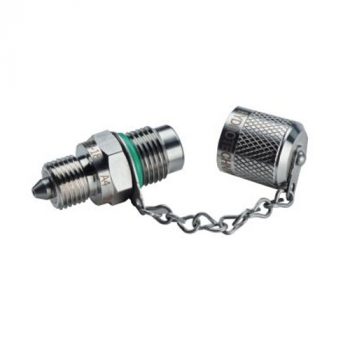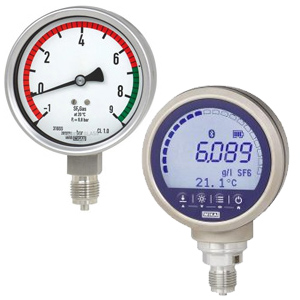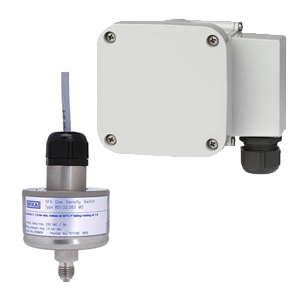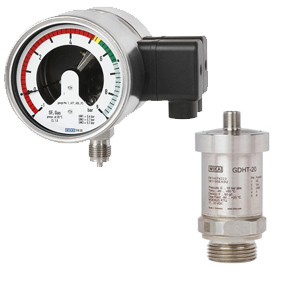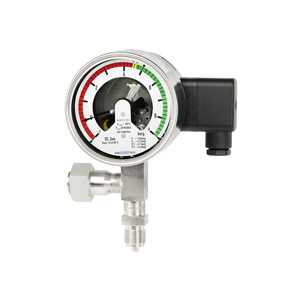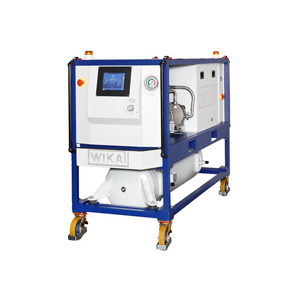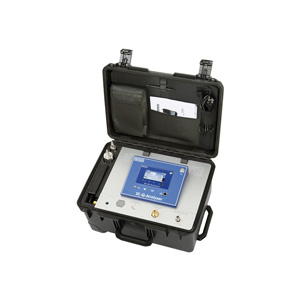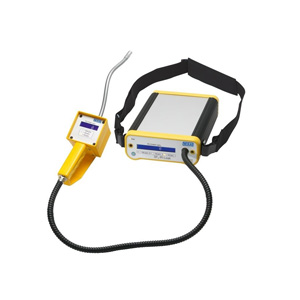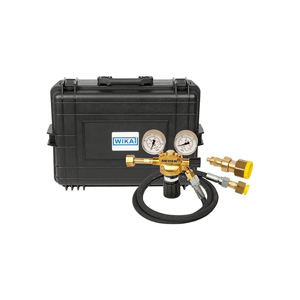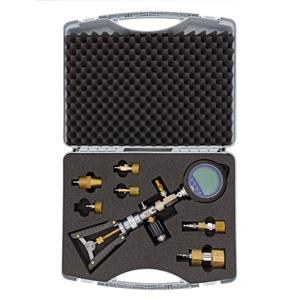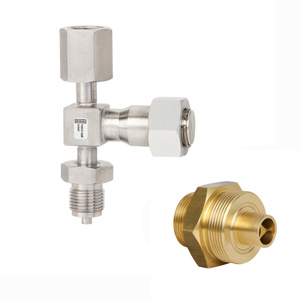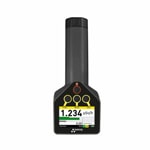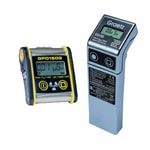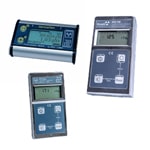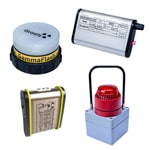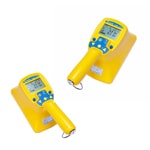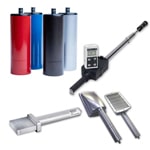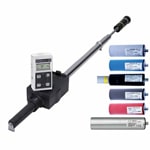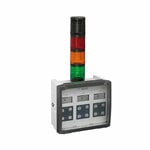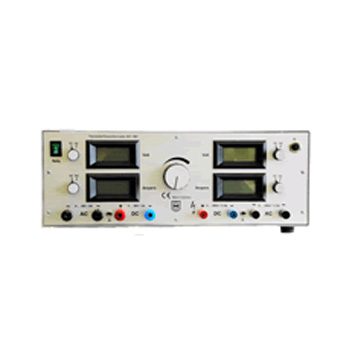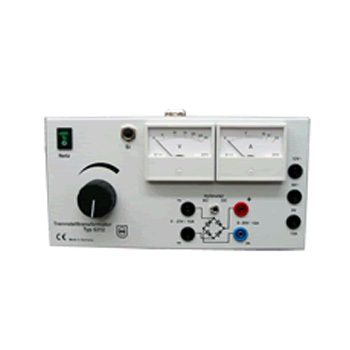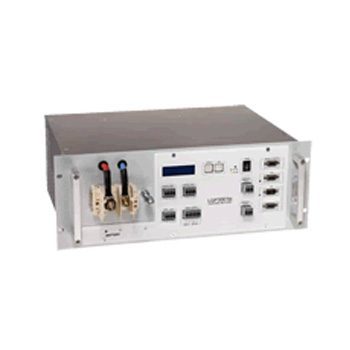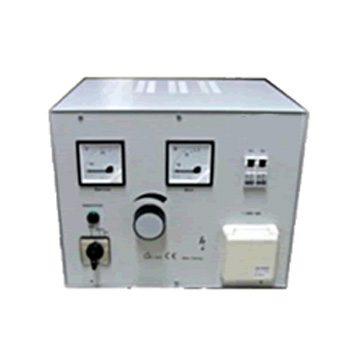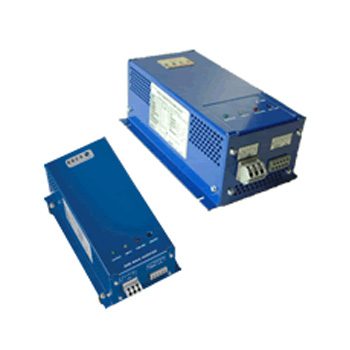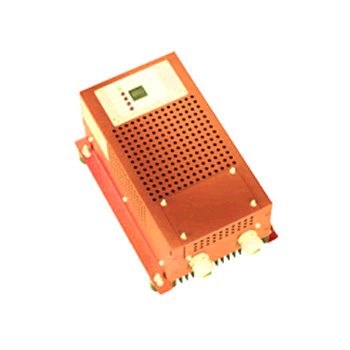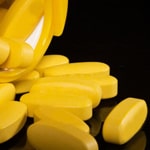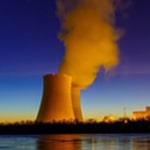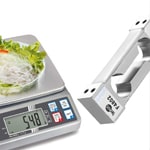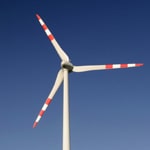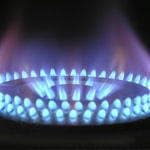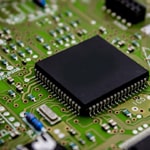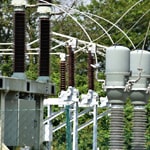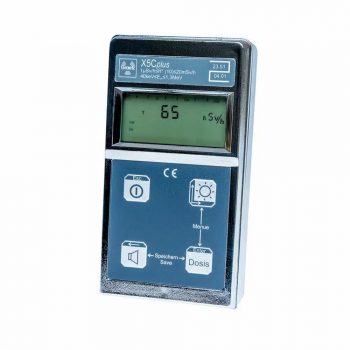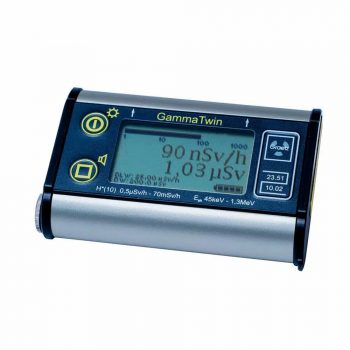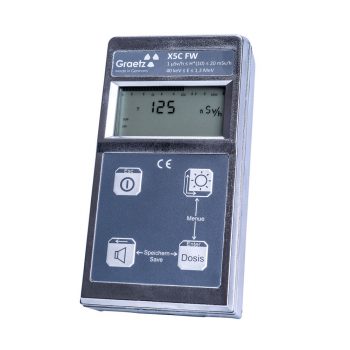- Calibratable dose rate meter for the measurement of gamma and X-ray radiation for the measurand Ḣ*(10) ambient dose equivalent rate.
- Detector: Energy-compensated Geiger-Müller counter tube
- Large digital measured value display on LC display (illuminable)
- Optional dose rate or dose display with integration time
- Additional quasi-analog display of dose rate (3.5 decades, logarithmic bar display)
- Display of the dose rate peak value and the dose rate mean value
- 4 freely programmable dose and dose rate warning thresholds
- Automatic and manual storage of dose rate readings together with date and time
- Dwell time/residual time determination
- Switchable acoustic single pulse detection
- Menu-driven operator guidance, partially password-protected
- Storage of the set parameters even when the device is switched off or the battery is changed
- High reliability due to test function and continuous self-monitoring
- Metallized plastic housing, well decontaminable, protection class IP67
- RS-232 interface
- Can be combined directly or via probe cable with various probes (see brochure “Probe program”):
- Measuring range extension up to 10 Sv/h –
- For the detection of α-, β- and γ-radiation
- For fluid testing
- For measurements in hard-to-reach places
- DE telescopic probe for measurements from a safe distance
- Scintillation probe 2002 for measuring low dose rates
- In custody transfer applications, the probes of the GRAETZ “CE” program are used
 Datasheett Datasheett |
 Datasheet SE Datasheet SE |
- Small, handy, calibratable dose rate meter for measuring gamma and X-ray radiation for the measurands Ḣ*(10) ambient dose equivalent rate and ambient dose equivalent H*(10) (to record the personal dose, a meter with the measurand Hp(10) must be used).
- Detector: Energy-compensated Geiger-Müller counter tube
- Large, digital measured value display on LC display (backlit)
- Optional simultaneous or separate dose and dose rate display, additional analog display of dose rate as logarithmic bar display
- 4 factory preset warning thresholds for dose and dose rate; customer-specific modification on request.
- Switchable acoustic single pulse detection
- Automatic continuous storage of the dose in a non flüchtiger memory.
- Storage of the dose and the set parameters even when the battery is changed
- Constant self-monitoring
- Designed for rough use, aluminum housing, protection class IP54 (splash-proof)
- Menu-driven operator guidance
- Durable nylon belt pouch is included in delivery
Optional: Test device PV-GTw and test source PS 9 for calibration validity extension to 6 years
 Datasheet Datasheet |
- Small, handy, calibratable dose rate meter for measuring gamma and X-ray radiation for the measurands Ḣ*(10) ambient dose equivalent rate and ambient dose equivalent H*(10) (to record the personal dose, a meter with the measurand Hp(10) must be used).
- Detector: Energy-compensated Geiger-Müller counter tube
- Large, digital measured value display on LC display (backlit)
- Optional simultaneous or separate dose and dose rate display, additional analog display of dose rate as logarithmic bar display
- 4 factory preset warning thresholds for dose and dose rate; customer-specific modification on request.
- Switchable acoustic single pulse detection
- Automatic continuous storage of the dose in a non flüchtiger memory.
- Storage of the dose and the set parameters even when the battery is changed
- Constant self-monitoring
- Designed for rough use, aluminum housing, protection class IP54
- Menu-driven operator guidance
- Durable nylon belt pouch is included in delivery
- Connection option for an external pulse probe:
- 18526 D or ABG170 for contamination measurement (α, β, γ)
- Immersion probe ZP1083 D (β, γ)
- NaI scintillation probe 2002 for high-sensitivity measurements (β, γ)
- With the probe connected:
- Measured value display in Ips
- Display of the temporal course of the pulse rates as a search function for tracing radioactive sources or contamination possible
- Preselectable pulse rate warning threshold: double or triple zero effect
 Datasheet Datasheet |
- Dose rate meter for measuring gamma and X-ray radiation for the measurand Ḣ*(10) ambient dose equivalent rate.
- Detector: Energy-compensated Geiger-Müller counter tube
- Large digital measured value display on LC display (illuminable)
- Optional dose rate or dose display with integration time
- Additional quasi-analog display of dose rate (3.5 decades, logarithmic bar display)
- Display of the dose rate peak value and the dose rate mean value
- 4 freely programmable dose and dose rate warning thresholds
- Warning thresholds adapted for use by fire departments
- Automatic and manual storage of measured values together with date and time
- Dwell time/residual time determination
- Switchable acoustic single pulse detection
- Menu-driven operator guidance
- Release of the menu items for the device settings only possible with the aid of optionally available PC software
- Storage of the set parameters even when the device is switched off or the battery is changed
- High reliability due to test function and continuous self-monitoring
- Metallized plastic housing, well decontaminable, protection class IP67
- RS-232 interface
- Can be combined directly or via probe cable with various probes (see GRAETZ probe program):
- Measuring range extension up to 10 Sv/h
- For the detection of α-, β- and γ-radiation
- For fluid testing
- For measurements in hard-to-reach places
- DE telescopic probe for measurements from a safe distance
- Scintillation probe 2002 for measuring low dose rates
- Using the probes of the GRAETZ “CE” program
Optionally available:
- PC software for configuring the warning thresholds, reading out and exporting the stored measured values and locking/unlocking menu items
- Car charging cradle
 Datasheet Datasheet |

Dose rate meters are sophisticated instruments designed to measure the rate of radiation dose – that is, the rate at which radiation dose is absorbed over time. These devices are indispensable in environments where people may be exposed to ionizing radiation, such as in the nuclear industry, medical facilities, research laboratories, and during the remediation of contaminated sites. They help minimize radiation exposure for personnel and patients and ensure that exposure levels remain within legally established limits.
Principles and Function
Dose rate meters detect the intensity of ionizing radiation in a given environment and express this in units such as microsieverts per hour (µSv/h) or millirem per hour (mrem/h). The measurement enables decisions on safety measures, duration of stay in contaminated areas, and the necessity of protective clothing.
Types of Dose Rate Meters
- Portable Devices: Compact and mobile, ideal for inspections and on-site measurements. They can be easily carried by workers and provide immediate information on radiation levels.
- Fixed Systems: Continuously operate to monitor dose rates in critical areas such as nuclear power plants or medical facilities. They can trigger alarms when radiation levels exceed certain thresholds.
- Telemetry Systems: Enable remote monitoring of radiation levels over long distances. These systems are particularly useful in hazardous or hard-to-access environments.
Application Areas
Main application areas of dose rate meters include:
- Nuclear Industry: Monitoring work areas, storage sites for radioactive materials, and reactor halls.
- Medical: Checking radiation levels in radiology and radiation therapy departments to control the exposure of patients and staff.
- Research: Use in scientific laboratories working with radioactive substances to ensure the safety of research personnel.
- Environmental Protection: Measuring radioactivity in the environment, especially after nuclear accidents or during the remediation of contaminated sites.
Dose rate meters are a crucial tool in radiation protection, contributing to the safety of individuals in radiation-exposed environments. Through precise and reliable measurements, they support compliance with safety regulations, assist in risk assessment, and enable the implementation of appropriate protective measures to prevent health consequences due to radiation exposure.

